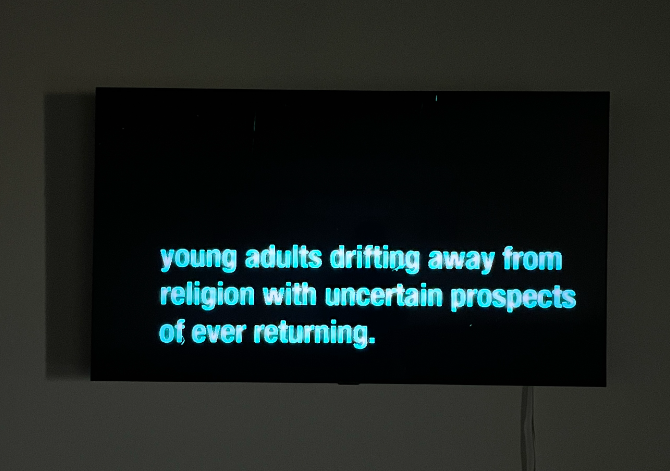
In the middle of starting a new vehicle that will someday take astronauts to Mars and beyond, NASA finds itself in financial limbo as Congress debates the federal budget.
“It is important to realize that there are no basic physical unknowns about travelling around our solar system,” WT professor Dr. Dave Craig said. “It’s just very expensive.”
In 2010 President Obama signed into law the NASA authorization act of 2011, which detailed the end the Bush Constellation program and any future space shuttles being developed. Instead, the act called for NASA to build a heavy launch vehicle dubbed the Space Launch System (SLS) by 2016 with a budget of $19 billion a year. The plan was to use this vehicle to take astronauts into deep space beyond the moon by 2025 and pass low-orbit Earth launches on to commercial space-flight companies, such as California’s SpaceX.
“The more delay, and the less money, the longer it will take,” Henry Hertzfeld, a professor of space policy and international affairs at George Washington University in Washington, D.C., said to MSNBC.
Instead of looking at a budget increase for NASA, Congress could be looking at a decrease to 2008 levels ($17 billion). A spending reduction act proposed by Rep. Jim Jordan (R-OH) would make this change. Many experts say this proposal is going to make the deep-space goals more difficult.
Even more troubling for NASA, as pointed out by NASA Inspector General Paul K. Martin in a letter to the Chair and Ranking Member of the House Committee on Science, Space and Technology Ralph Hall (R-TX), until Congress gives the go ahead, NASA cannot start work on the SLS, but also cannot stop working on the Ares rockets from the cancelled Constellation project.
“Due to restrictive language in NASA’s fiscal year (FY) 2010 appropriation (the Constellation program NASA is continuing to spend approximately $200 million each month on the Constellation Program,” General Martin said. “Aspects of [the Constellation Program that] both NASA and Congress have agreed not to build.”
Those defending NASA point to all the technologies that have come as a result of the space program or have been made possible, such as cell phones, computers, email and other advancements that have come to be vital in how the world functions today.
“What would today be like without the NASA of yesterday?” Dr. Matt Jackson, assistant proffesor of engineering and computer science, said. “What will tomorrow be like without the NASA of today?”
Until Congress decides what course to take the future of NASA and the United States in space travel remains a mystery.














